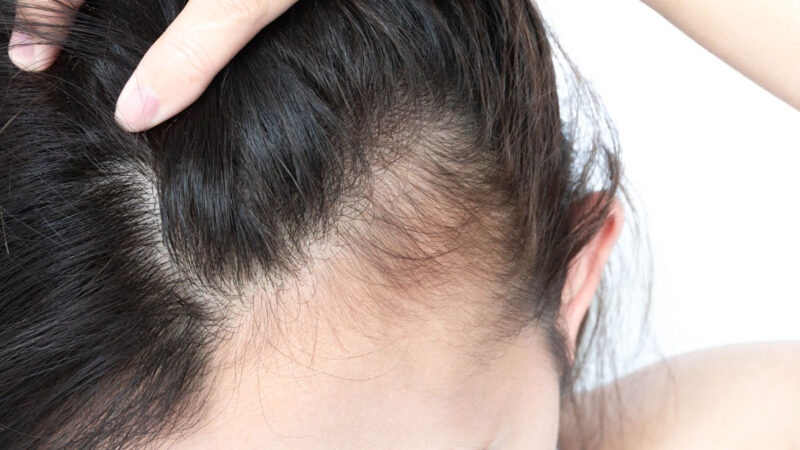What is presbycusis and its causes?
Presbycusis is the progressive hearing loss associated with aging. It can lead to the social isolation of the elderly, although the use of hearing aids can minimize its consequences.
The presbycusis is hearing loss that typically occurs with aging. It is characterized by an auditory deterioration in high frequencies initially, in high-pitched sounds, progressing later to expected conversation frequencies. It is characteristically a bilateral, progressive, and symmetrical process.
Presbycusis is not a disease in itself, but it results from the aging of the hearing sensorineural connections. In case it occurs before the age of 50, it is then considered pathological.
It is estimated that around a third of those over 60 years of age present some degree of presbycusis, increasing considerably in those over 80 years of age, standing in this age group above 65%. A high prevalence in direct relation to current life expectancy. It is the most frequent cause of deafness in the elderly and represents an important limitation in their quality of life. The World Health Organization predicts about 500 million people in the world with presbycusis in 2025.
Due to its progressive nature, it is estimated that hearing loss occurs around 5-6 decibels per 10 years from the age of detection. This speed at which we lose hearing is somewhat higher in men.
Unfortunately, there is no effective drug treatment for this problem, and it cannot be prevented in most cases. Still, the development of prosthetic devices ( hearing aids ) has made it possible to maintain our elders’ connection with their family and social environment. For this reason, it is essential to be evaluated by a specialist who helps select the most appropriate device for each patient.
Causes and risk factors of presbycusis
Although no single cause of presbycusis is recognized, its main trigger is aging. In it, a series of transformations take place both in the structures of the ear and in the brain areas where the auditory signals are received.
Citing possible ear factors associated with presbycusis, we can highlight an increase in earwax and hair in the external ear, together with atrophy of the external auditory canal’s epithelium that can partially collapse. Also, the auditory pin undergoes changes that alter the reception of sound with age.
At another point in the path of the auditory waves, there are also degenerative changes in the middle ear, particularly in the eardrum, in the articulation of the ossicles (hammer, anvil, and stapes), and decreased blood flow at this level, as well as a deterioration in the function of the Eustachian tube. In the inner ear and the cerebral cortex, atrophy is associated with the time that notably influences the reception of sounds. There is a loss of neurons in the cochlear region of the inner ear.
In some scientific works, the hypothesis is maintained that presbycusis can affect more frequently people from more disadvantaged environments, with repeated exposure to very high frequencies (factories, airports), medications (some antibiotics, chemotherapy ), and vascular diseases hypertension or diabetes, and hormonal factors.
Genetic factors are also often cited as a cause of presbycusis so that a greater risk of suffering from it is assumed in members of families who present it or have presented it with aging.
Symptoms of presbycusis
The person affected by presbycusis notices a loss of hearing for high frequencies, for high tones. It can even be painful hearing. It is more evident in noisy environments. Paradoxically, it can be observed in some of these people that what are normal sounds for young individuals or without presbycusis, for them are too loud or annoying.
Another symptom of presbycusis that is characteristic in the elderly is that they believe that everyone around them speaks in whispers or between teeth, without discriminating well the conversations. He doesn’t understand them. This gradually contributes to the fact that the individual with presbycusis may suffer specific isolation in their environment and even psychologically some distrust because they do not actively participate in conversations.
It is common for this hearing loss to be progressive and almost equally in both ears. Sometimes and about the degenerative process suffered by all the structures involved in hearing, tinnitus or buzzing (noise in the ears), a feeling of vertigo or instability that can trigger falls, irritability, and distrust may occur due to not understanding conversations and a rigid attitude and finally isolated from the family and social environment.
Having a hearing loss in the elderly can also put them at risk of domestic accidents or suffering mishaps in their daily lives, such as pedestrians, or reduce their ability to drive vehicles.





